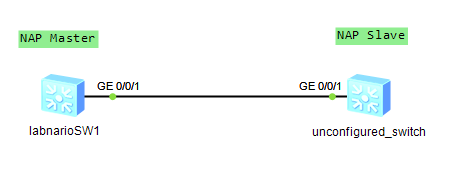USB-based deployment simplifies the deployment process. It reduces the deployment costs and relieves users from software commissioning. USB-based deployment allows you to configure or upgrade devices using a USB flash drive. Instead of having to visit all remote sites to commission those installed devices, it’s enought to prepare necessary files and let onsite personnel finish the deployment process easily.
Detailed information about USB-based deployment you can find exploring Huawei AR router documentation.
 Labnario Huawei From Scratch
Labnario Huawei From Scratch
